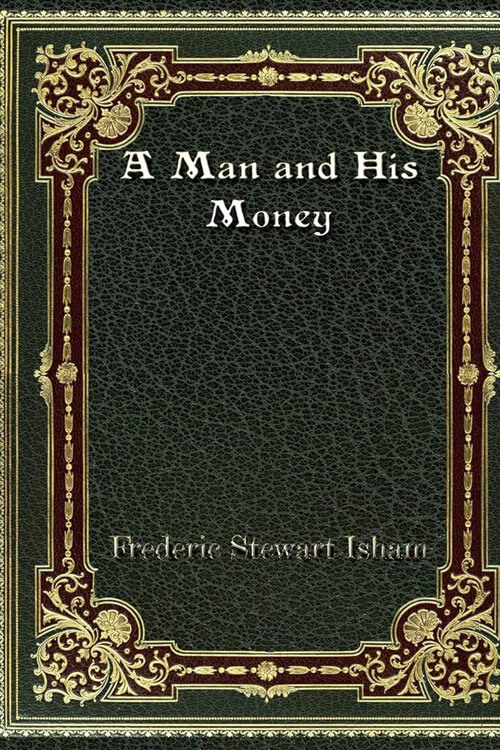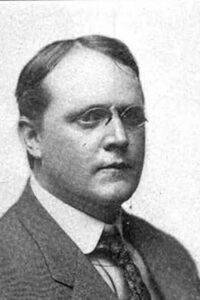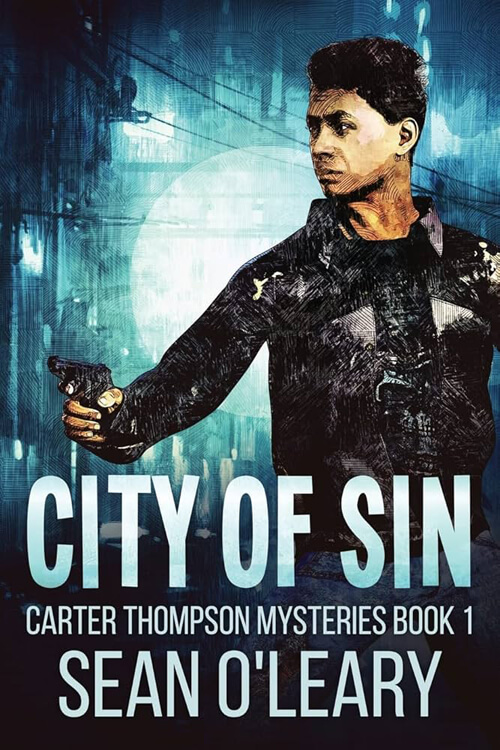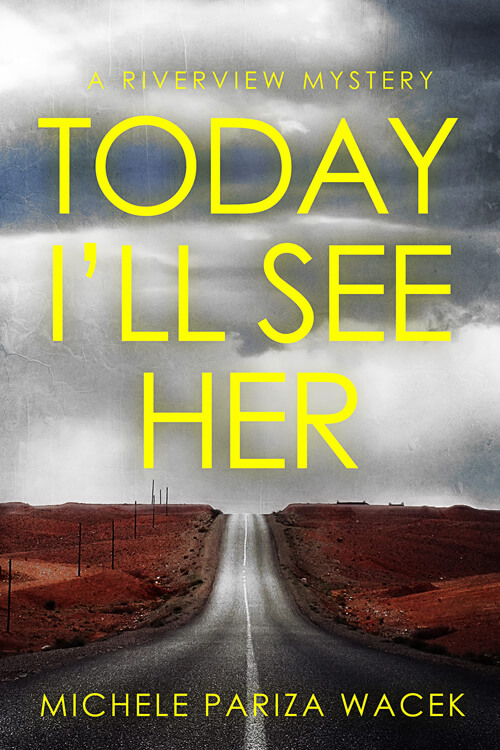
A Man and His Money
Mudfog is a pleasant town—a charming town—situated in a charming hollow by the side of a river. From this river, Mudfog derives an agreeable scent of pitch, tar, coals, and rope-yarn, a roving population in oilskin hats, a pretty steady influx of drunken bargemen, and a great many other maritime advantages. There is a good deal of water about Mudfog, and yet it is not exactly the sort of town for a watering place, either. Water is a perverse sort of element at the best of times, and in Mudfog it is particularly so. In winter, it comes oozing down the streets and tumbling over the fields,—nay, rushes into the very cellars and kitchens of the houses, with a lavish prodigality that might well be dispensed with; but in the hot summer weather it will dry up, and turn green: and, although green is a very good color in its way, especially in grass, still it certainly is not becoming to water; and it cannot be denied that the beauty of Mudfog is rather impaired, even by this trifling circumstance. Mudfog is a healthy place—very healthy;—damp, perhaps, but none the worse for that. It’s quite a mistake to suppose that dampness is unwholesome: plants thrive best in damp situations, and why shouldn’t men? The inhabitants of Mudfog are unanimous in asserting that there exists not a finer race of people on the face of the earth; here we have an indisputable and veracious contradiction of the vulgar error at once. So, admitting Mudfog to be damp, we distinctly state that it is salubrious.
The town of Mudfog is extremely picturesque. Limehouse and Ratcliff Highway are both something like it, but they give you a very faint idea of Mudfog. There are a great many more public houses in Mudfog—more than in Ratcliff Highway and Limehouse put together. The public buildings, too, are very imposing. We consider the town hall one of the finest specimens of shed architecture, extant: it is a combination of the pig-sty and tea-garden-box orders, and the simplicity of its design is of surpassing beauty. The idea of placing a large window on one side of the door, and a small one on the other, is particularly happy. There is a fine old Doric beauty, too, about the padlock and scraper, which is strictly in keeping with the general effect.
In this room, the mayor and corporation of Mudfog assemble in solemn council for the public weal. Seated on the massive wooden benches, which, with the table in the center, form the only furniture of the whitewashed apartment, the sage men of Mudfog spend hour after hour in grave deliberation.
Read or download Book
Frederic Stewart Isham
Frederic Stewart Isham (March 29, 1865 – September 6, 1922) was an American novelist and playwright who wrote mainly historical romances and adventure novels.
Life
Isham was born in Detroit, Michigan, the son of Charles Storrs Isham and Lucy B. (Mott) Isham. He studied at the Royal Academy of Music in London for two years. In 1895 he married Helen Margaret Frue. He died in New York.
Career
Isham began as a playwright and later turned to novels, writing mainly historical romances and adventure novels set in various periods. Black Friday, for example, centers on the American financial crisis of 1869, while Under the Rose is set in 16th-century Europe. His experiences in theater informed his first novel, The Strollers. Published by Bobbs-Merrill Company and its predecessor Bowen-Merrill Company, Isham’s novels were illustrated by such artists as Harrison Fisher, William Thacher Van Dresser, Max J. Spero, and W. B. King. The critic H. L. Mencken wrote of his novel Half a Chance that it was “a brisk and entertaining story, with not too much reality in it,” which well summarizes the general tenor of Isham’s work.
Several of his novels have been turned into movies. With Max Marcin, he turned his 1918 novel Three Live Ghosts into a 1920 comic play, and it was later made into a movie three times: a 1922 British comedy directed by George Fitzmaurice, a 1929 American comedy directed by Thornton Freeland, and a 1936 American film directed by H. Bruce Humberstone. Isham co-wrote the screenplay for the last of the three movies, which are about a trio of World War I soldiers who return home after the war only to discover that they are thought to be dead.
His 1914 novel Nothing But the Truth was made into a movie twice: as a loose adaptation in 1929 directed by Victor Schertzinger and more faithfully as a 1941 film directed by Elliott Nugent. The novel was also the basis for the 1926 musical Yes, Yes, Yvette.
The Social Buccaneer was a ten-episode 1923 American film serial based on Isham’s novel and directed by Robert F. Hill. It is now thought to be a lost film.






